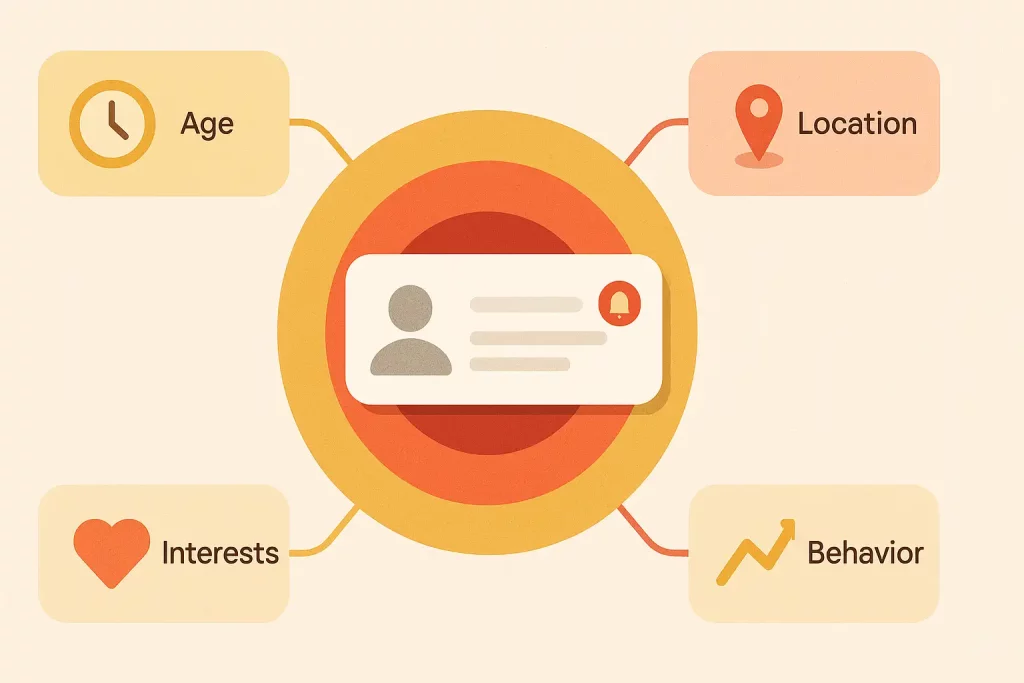In today’s saturated e-commerce landscape, simply sending out push notifications isn’t enough. To truly boost conversions and foster customer loyalty, you need a laser-focused approach: segmentation. This guide will walk you through the power of segmenting your audience for push notifications, transforming generic blasts into highly targeted, effective campaigns.
Why Segmentation Matters
Generic push notifications are often ignored. They end up clogging recipients’ notification centers, leading to decreased engagement and even unsubscribes. Segmentation allows you to tailor your messages to specific customer groups, dramatically increasing open and click-through rates. This leads to:
- Higher conversion rates: By targeting customers with relevant offers and information, you’re more likely to convert browsers into buyers.
- Improved customer retention: Personalized messages show customers you understand their needs and preferences, fostering loyalty.
- Increased customer lifetime value (CLTV): Higher conversion and retention rates directly translate into a greater CLTV.
- Better ROI on your marketing efforts: Targeted campaigns ensure your resources are used efficiently, maximizing your return.
In short, segmentation isn’t just a good practice—it’s a fundamental element of a successful e-commerce push notification strategy.
Types of Segmentation
There are several ways to segment your audience for push notifications, and often the most effective strategies involve combining multiple approaches.
Geographic Segmentation
Targeting customers based on their location allows you to send relevant messages. For example, you could promote local events, offer free shipping within a specific radius, or highlight products popular in a particular region.
Demographic Segmentation
This involves segmenting based on easily identifiable characteristics like:
- Age: Tailor messaging and product recommendations to different age groups.
- Gender: Showcase products relevant to specific genders.
- Income level (if available): Target higher-end products to more affluent segments.
Behavioral Segmentation
This is arguably the most powerful segmentation type. It involves analyzing past customer behavior to predict future actions and preferences. Examples include:
- Purchase history: Send notifications about similar products or new arrivals in categories they’ve previously purchased.
- Website activity: Target users who’ve viewed specific products but haven’t purchased them with a reminder or special offer.
- Cart abandonment: (A key feature of Pushloop!) Send timely reminders to customers who have left items in their shopping carts.
- Engagement level: Reward your most loyal customers with exclusive offers or early access.
Psychographic Segmentation
This involves grouping customers based on their lifestyle, interests, values, and attitudes. This requires more sophisticated data collection and analysis but can yield highly effective results. For example, you could target eco-conscious consumers with sustainable products or fitness enthusiasts with workout gear.
Implementing Segmentation with Pushloop
Pushloop simplifies the process of segmenting your audience and sending highly targeted notifications. While the specific implementation details vary based on your Shopify store setup and chosen segmentation strategies, here are some key advantages:
- Intuitive interface: Easily create and manage different segments based on the criteria mentioned above.
- Automated workflows: Set up automated notifications based on specific customer actions, such as cart abandonment or browsing behavior.
- A/B testing capabilities: Experiment with different messages and segmentation strategies to optimize your results.
- Integration with Shopify: Seamlessly integrate with your existing Shopify store and customer data.
By leveraging Pushloop’s features, you can create powerful, personalized campaigns without needing extensive technical expertise.
Measuring the Effectiveness of Segmentation
Simply implementing segmentation isn’t enough. You need to track the performance of your campaigns to identify what works and what doesn’t. Key metrics to monitor include:
- Open rates: How many recipients opened your notification.
- Click-through rates (CTR): How many recipients clicked on the link in your notification.
- Conversion rates: How many clicks resulted in a purchase or other desired action.
- Unsubscribe rates: High unsubscribe rates indicate poorly targeted or irrelevant messages.
By analyzing these metrics, you can refine your segmentation strategies over time, continuously improving your campaign effectiveness. Remember, effective segmentation is an iterative process.
Conclusion: Personalized Communication for Enhanced Results
In the competitive world of e-commerce, personalization is no longer a luxury; it’s a necessity. By mastering the art of push notification segmentation, you can significantly enhance your marketing ROI, cultivate stronger customer relationships, and ultimately drive sustainable business growth. Stop blasting generic messages and start engaging your customers with the relevant, personalized content they crave.

